Since clinching the 2022 World Cup, Argentina has taken its well-deserved place in the limelight. More than just a football mecca, its vibrant capital, Buenos Aires, has plenty to offer in terms of historical treasures, delectable cuisine, and natural beauty. Known as Paris of the South, the city boasts a thriving cafe scene, top-notch wines, and eclectic European architecture. Yet, it is not simply an imitation of the French capital. Immerse yourself in the following Buenos Aires activities to find out what makes the city unique.
Also read: 12 Best Countries for Extroverts Who Love to Travel
Buenos Aires attractions to immerse in the culture
1. Catch a show at the Teatro Colón
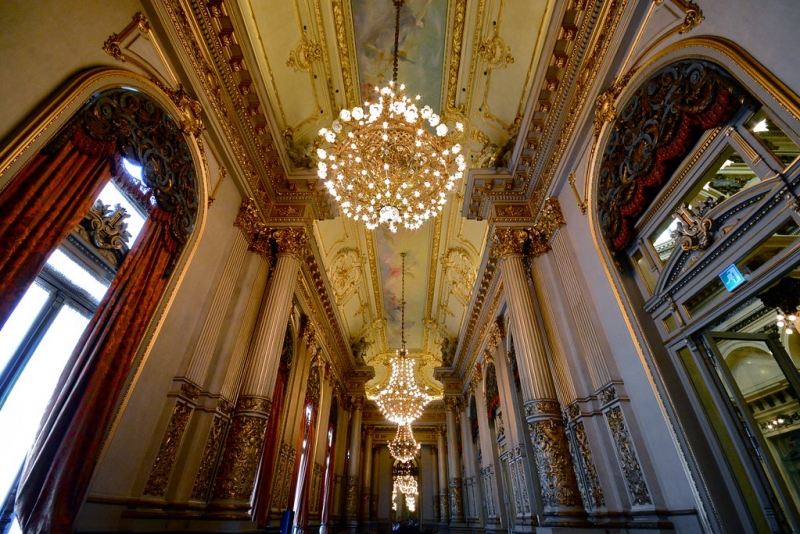
Image credit: Alejandro
Named by National Geographic as one of the top 10 opera houses in the world, the Teatro Colón is not to be missed by any music lover in Buenos Aires. Since its opening in 1908, this acoustically stellar venue has drawn the biggest names in opera such as Strauss, Callas, and Pavarotti.
Before the show, you can take a guided tour around the opera house. English tours run twice every day at 1pm and 3pm. Tickets to watch operas, ballets, and orchestra performances can be purchased online, from the theatre’s official website.
2. Explore the Plaza de Mayo
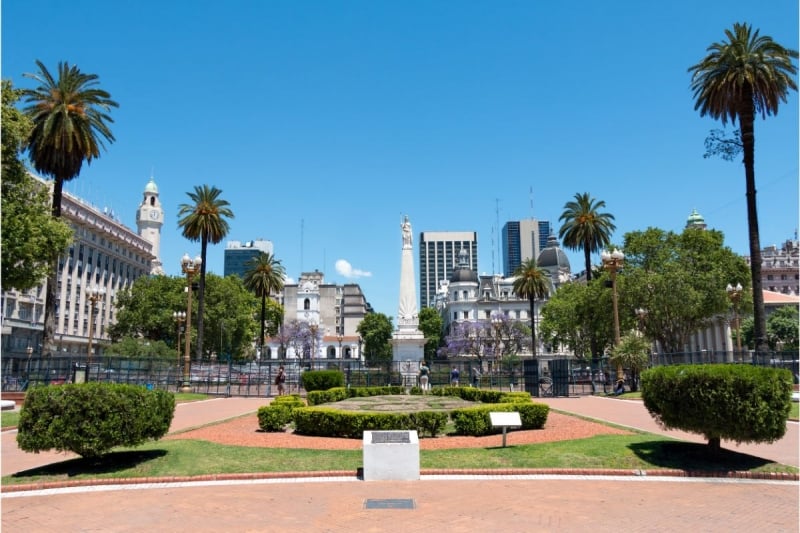
Image credit: fotoquique via Canva Pro
What visit to Buenos Aires would be complete without stopping by the Plaza de Mayo? As the heart of the city, it bore witness to many pivotal events in Argentina’s history, and continues to be an important site for popular demonstrations. Known in English as the May Square, the plaza was named in commemoration of the May Revolution which marked the beginning of Argentina’s independence from Spain.
The two most famous landmarks here are the Metropolitan Cathedral and the Casa Rosada (Pink House), which is Argentina’s presidential palace. To appreciate their significance, go on a free walking tour of the city centre organised by Free Walks Buenos Aires.
3. Experience the Argentine tango
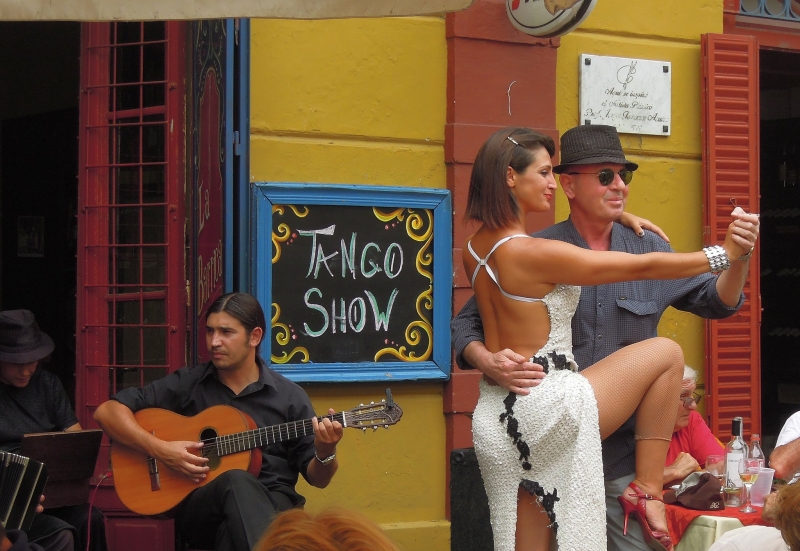
Image credit: Güldem Üstün
Tango is one of the quintessential experiences in Buenos Aires, the birthplace of this one-of-a-kind style of music and dance. Born from Argentina’s cultural mish-mash, tango blends elements from flamenco, polka, and African candombe. Instantly recognisable by its exciting staccato rhythm and 2/4 or 4/4 time signature, tango music is usually accompanied by a partner dance that emphasises improvisation.
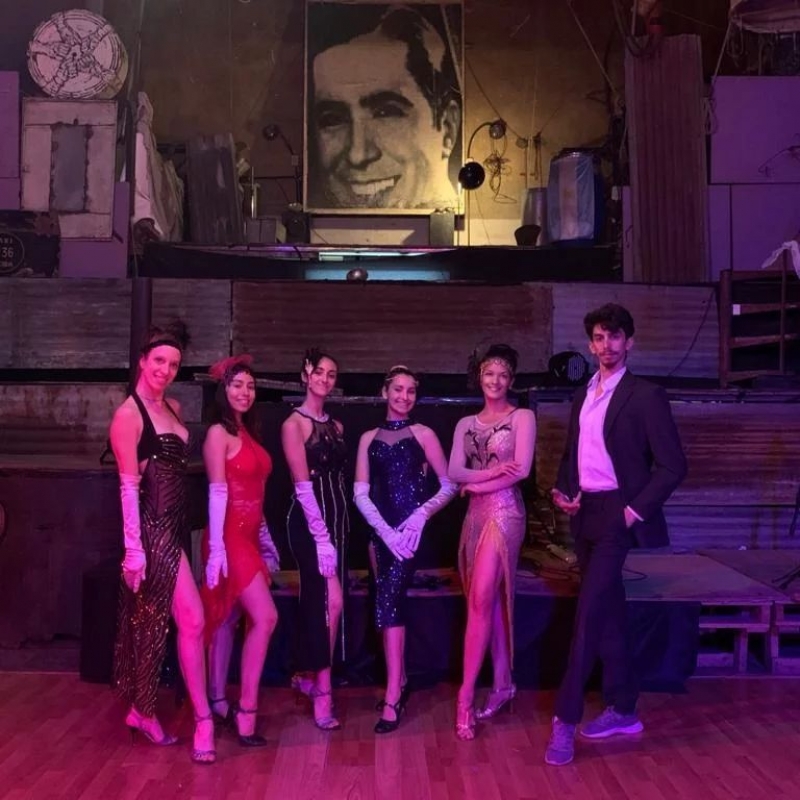
Image credit: La Catedral del Tango Official Instagram Page
If you’re lucky, you may catch an impromptu tango performance on the street while in Buenos Aires. Otherwise, you can head to one of the city’s many dancing halls, known as milongas. Those new to tango will feel most at ease at La Catedral del Tango. This popular milonga along the Avenida Sarmiento offers an informal vibe and classes for beginners.
For a romantic outdoor setting, drop by La Milonga del Indio, a milonga event held at San Telmo’s Plaza Dorrego on Sunday nights. If you’re longing for a more traditional atmosphere, book a table at Confitería Ideal, a century-old pastry shop on Calle Suipacha that hosts both matinee and evening milongas. Apart from dancing, visitors can admire its gorgeous old-world architecture. The classy atmosphere of the Confitería has attracted many renowned writers, politicians, and musicians since 1912.
Also read: Qantas’ South America-Australia Flight Is Officially Airline’s Longest
4. Lose yourself in one of Buenos Aires’ museums
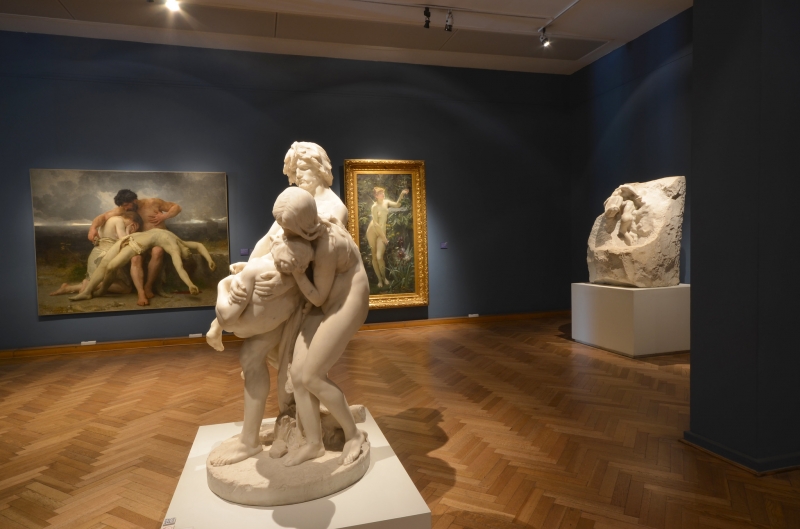
Museo Nacional de Bellas Artes | Image credit: Ministerio de Cultura de la Nación
Art aficionados will never run out of things to do in Buenos Aires. They can easily spend a day at the Museo Nacional de Bellas Artes alone, which holds the largest public art collection in Latin America, including masterpieces by Van Gogh, Goya, and Toulouse-Lautrec. Another art museum worth visiting is the MALBA (short for Museo de Arte Latinoamericano de Buenos Aires), which collects works by Latin American artists from the start of the 20th century onwards.
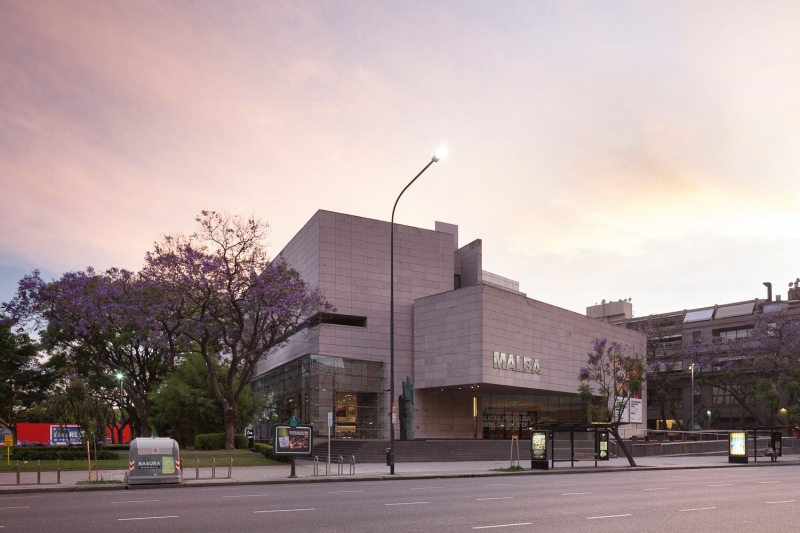
Image credit: MALBA Official Facebook Page
To get a crash course in Argentina’s turbulent history, history buffs and casual tourists alike can visit the National History Museum, located in the colourful San Telmo district. This museum mainly displays artefacts from the 1810 May Revolution and the Argentine War of Independence.
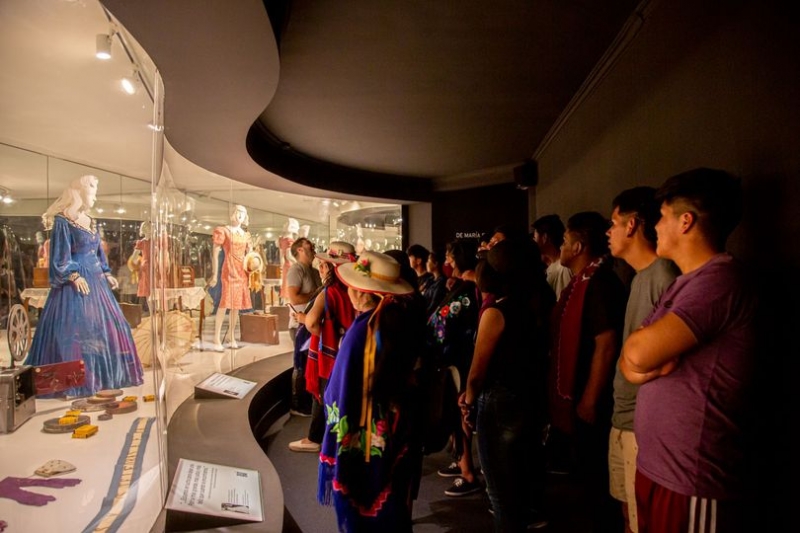
Image credit: Museo Evita Official Facebook Page
If the name “Evita” rings a bell because of the musical of the same name, you might want to check out the Evita Museum, which is dedicated to the life and times of Eva ‘Evita’ Perón: a political leader, actress, and the second wife of Argentinian President Juan Perón.
5. Take a stroll in La Boca, the city’s most IG-worthy neighbourhood
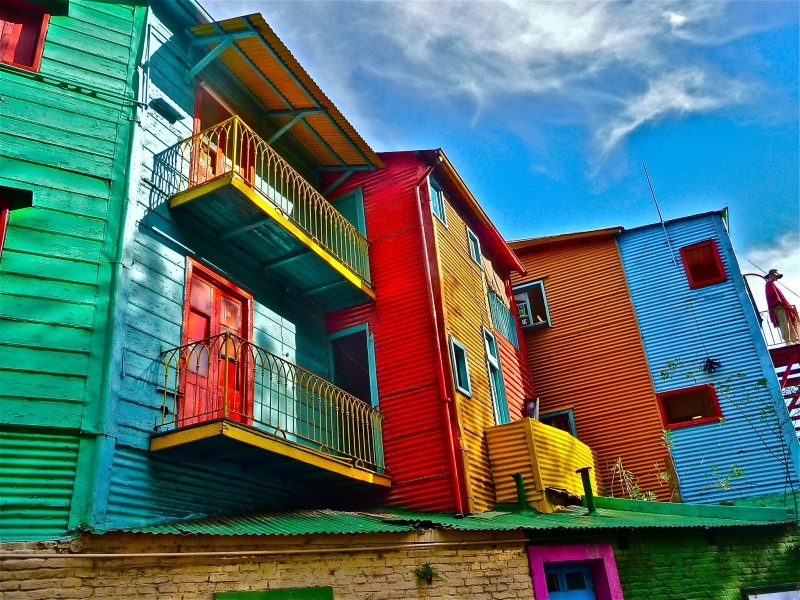
Image credit: Marissa Strniste
La Boca (The Mouth) is so named as it sits at the mouth of the Riachuelo, as the Matanza River is known. Italian immigrants began living in this portside neighbourhood during the 1830s. Eventually, migrant workers from Ireland, England, and Spain settled here, too. The cultural exchanges between these immigrants gave birth to Lunfardo: a playful slang which was used to communicate across linguistic lines.
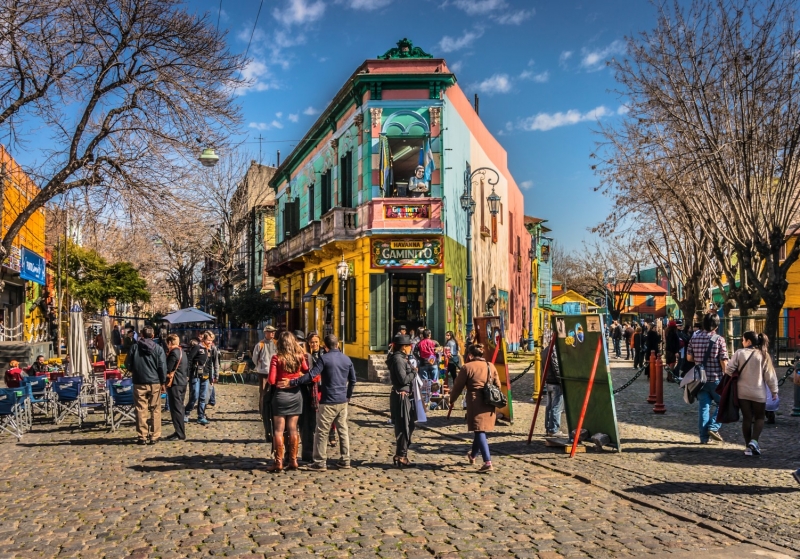
Image credit: Boris G
As these newcomers had little money, they put together shacks made from scrap metal and colourful leftover paint from ships. Today, the riot of colour formed by these dwellings makes La Boca a prime spot for taking IG-worthy vacation pictures.
The neighbourhood is also famed for El Caminito, a street museum which arose from a plan to regenerate the area after the closure of the railroad running through it. El Caminito features works by Quinquela Martín and other Argentine artists, as well as live tango and folk dance performances.
Also read: 13 Most Beautiful Streets in the World to Fill Your Instagram Grid!
6. Indulge in Argentina’s finest wines
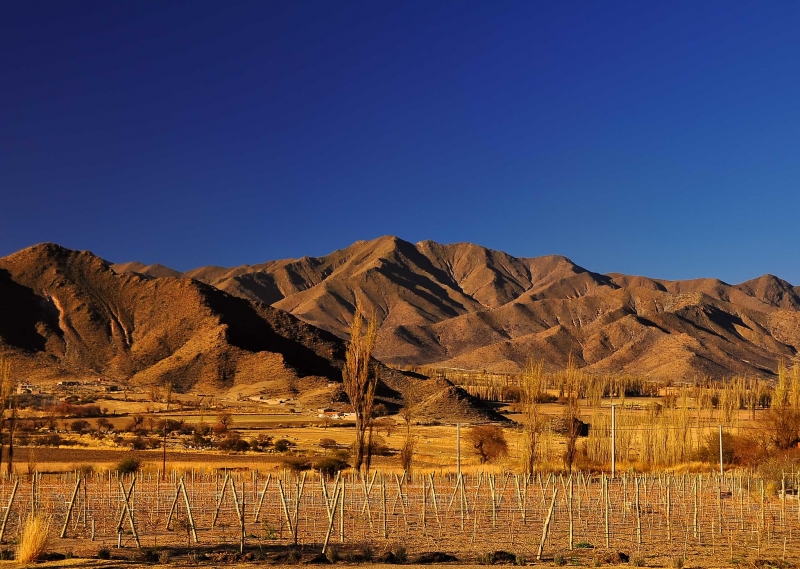
Image credit: Rod Waddington
Malbec, a grape variety imported from France, has flourished in the Mendoza wine region and put the country on the global viticulture map. Mendoza’s arid climate and high altitudes have helped it produce internationally acclaimed Malbecs with an intense flavour and floral notes. Uncover the secrets of Argentinian wine with a small-group wine tour at a quiet vineyard on the outskirts of the city.
You can also check out popular wine bars in Buenos Aires, which offer a wide variety of local wines, cheeses, and tapas.
7. Sip some mate – Argentina’s national drink
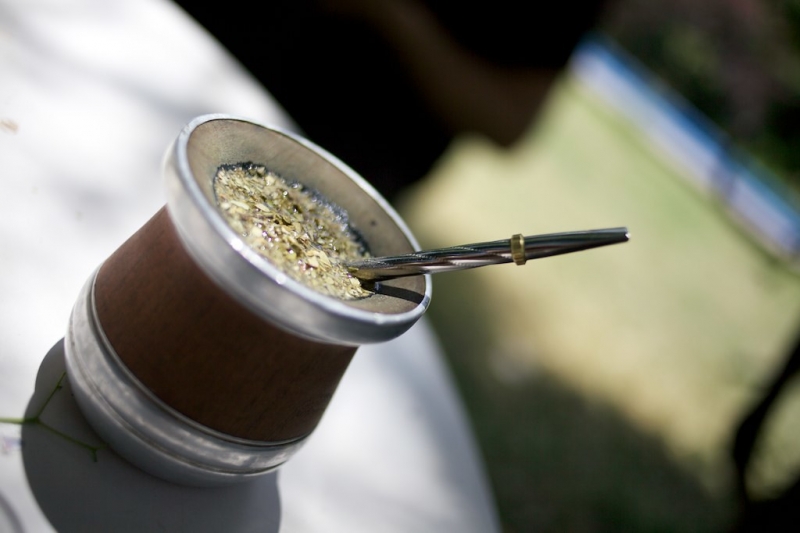
Image credit: jbgeronimi
Can’t wait to start your adventure but feeling jet-lagged? Give yourself a caffeine boost with a cup of mate (pronounced as “MAH-tay”): a bitter herbal tea that is deeply intertwined with Argentinian culture. Made with the leaves of the yerba mate plant, it was first consumed by the indigenous Guaraní and Tupí peoples. The tea is traditionally served in a hollowed-out gourd vessel which is also called mate. To keep out the chunky bits of yerba leaves, a metal straw with a filter known as a bombilla is used to drink mate.
Fun fact: Team Argentina brought almost 500kg of yerba mate to Qatar for the 2022 World Cup. Not only is mate a powerful stimulant, but drinking it together is also often a social experience.
Buenos Aires activities to enjoy the great outdoors
With plenty of places to visit in Buenos Aires, travellers may need a break in the middle of their adventure. To pause and relax, soak in the tranquil atmosphere of the city’s natural gems.
8. Stop and smell the flowers at Buenos Aires Botanical Garden
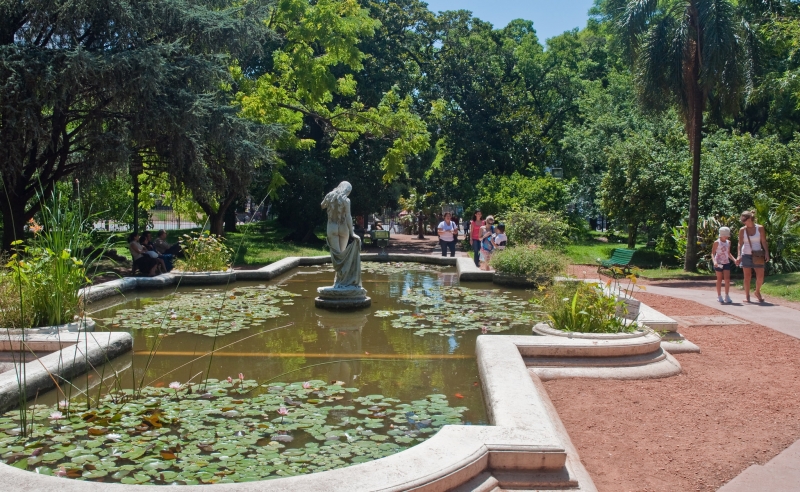
Image credit: Phillip Capper
Buenos Aires Botanical Garden is an idyllic escape from the hustle and bustle of the big city. The sprawling seven-hectare compound holds over 7,000 plant species from all over the world. These gardens were the pet project of French landscape designer Carlos Thays. While working on the gardens, he lived in a quaint English-style brick house that has since been converted into a botanical library and herbarium.
Other gardens with plenty of things to do in Buenos Aires include: the Jardin Japones, one of the largest Japanese gardens outside Japan; and the city’s picturesque rose garden, the Paseo El Rosedal.
9. Take a day trip to Tigre and Tres Bocas
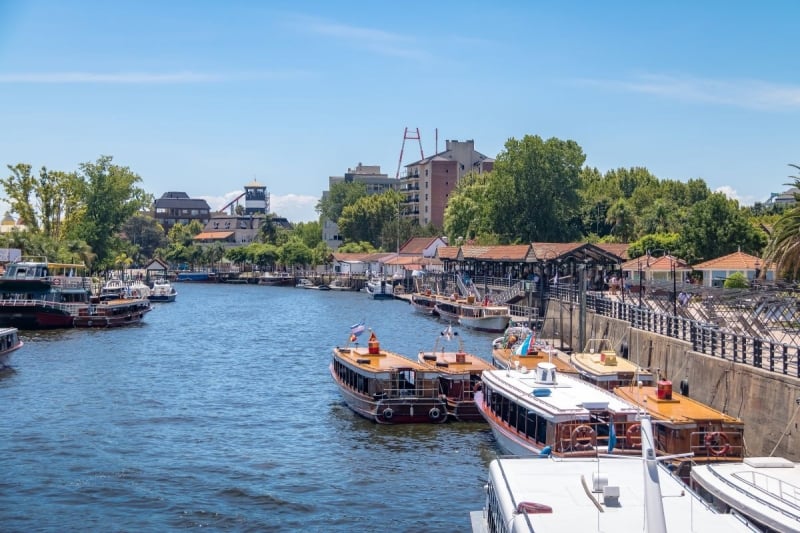
Image credit: diegograndi via Canva Pro
Located just an hour’s train ride away from Buenos Aires, the sleepy town of Tigre is perfect for a short day trip that will take you away from the noise and crowds of the capital. The town has a charming waterfront market called the Puerto de Frutos (Fruit Port), where one can shop for artisan furniture, homemade sweets, and handicrafts. Another attraction in Tigre worth visiting is El Museo del Mate (Mate Museum), which pays homage to Argentina’s national drink and takes visitors through its fascinating history.
From Tigre, you can take a commuter boat along the Parana Delta to reach Tres Bocas, a rustic little island with a scenic walking trail. After a long walk, you can replenish your energy at El Hornero, a simple restaurant which serves up hearty Argentinian fare in an al fresco setting.
10. Go birdwatching at Buenos Aires Ecological Reserve
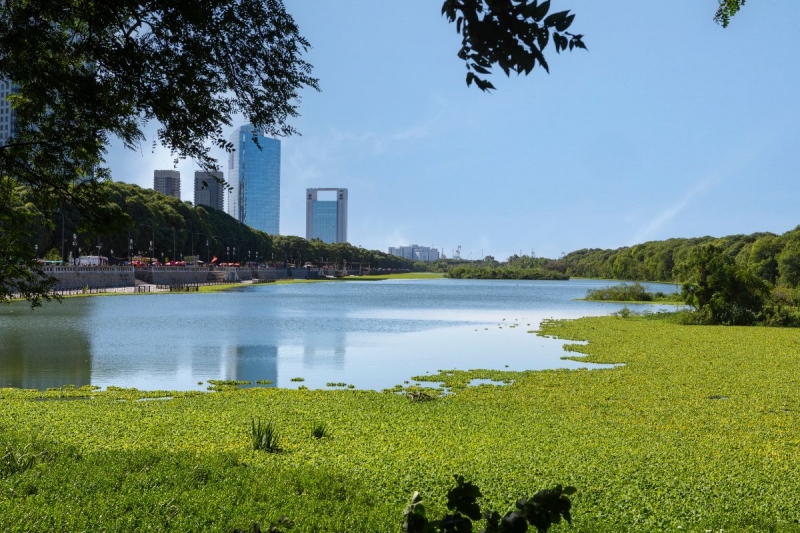
Image credit: joseluislagomyportfolio via Canva Pro
Buenos Aires Ecological Reserve (also called the Costanera Sur Ecological Reserve) is located just a stone’s throw away from the upscale business and shopping district of Puerto Madero. This was a sort of “happy accident” that arose when a project to build a new district on this site didn’t push through. The land that was reclaimed from the river for this project was soon taken over by flora and fauna. In 1986, the area was declared a nature reserve.
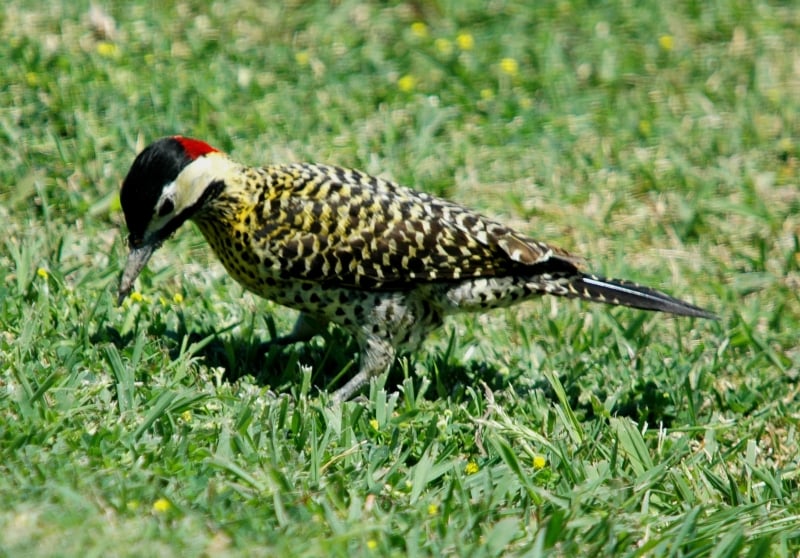
Image credit: Vince Smith
Here, nature lovers have the opportunity to spot more than 300 species of native and migratory birds. To make the most of your visit, take a guided birdwatching circuit. This will occur on the second Friday of every month, starting at 9am.
Kid-friendly things to do in Buenos Aires
11. Discover the stars at Planetario Galileo Galilei
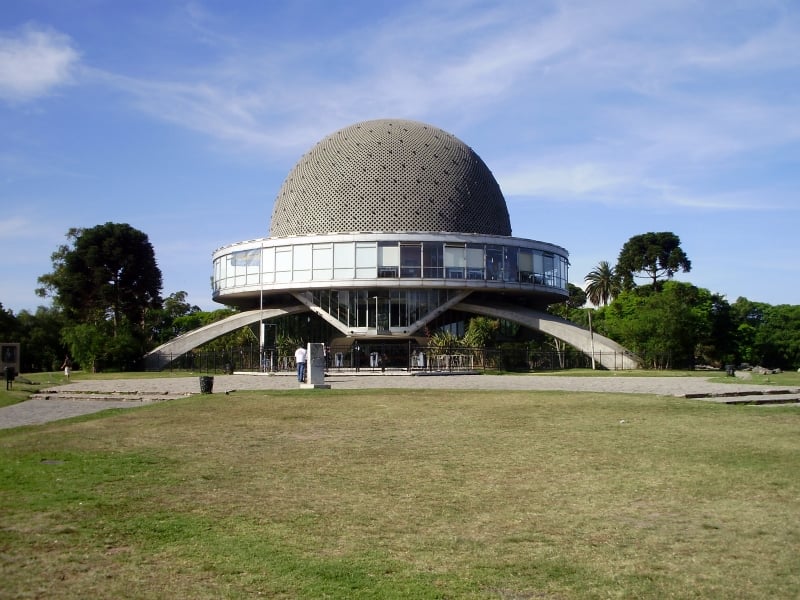
Image credit: tercerojista
Allow the little ones to experience the beauty and mystery of the cosmos by taking them to the Planetario Galileo Galilei. Step inside and see how the UFO-like dome of this building recreates the sun, moon, planets, and constellations in stunning detail. While there, kids can also learn about the history of space exploration and marvel at meteorite specimens collected from Northern Argentina.
12. Spark their love of reading at El Ateneo
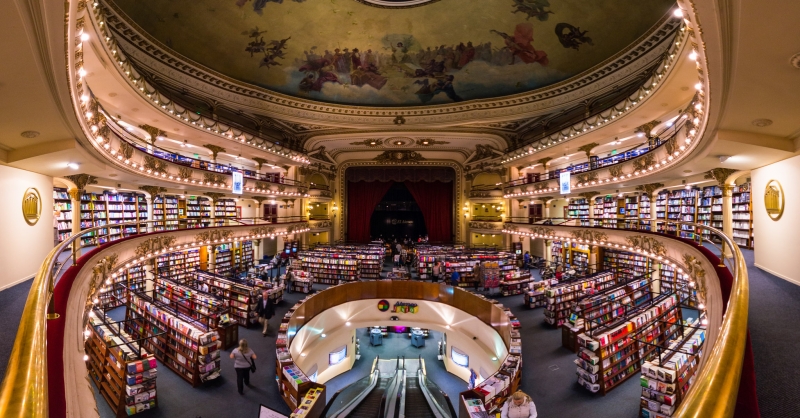
Image credit: Niels Mickers
Occupying a former opera house called the Teatro Gran Splendid, El Ateneo is indeed the grandest and most splendid bookstore you’ll ever visit. The sprawling, three-storey shop features a dome decorated with allegorical ceiling frescoes by Italian artist Nazareno Orlandi. These artworks depict peace after World War I.
On what was once the stage, you can enjoy a cup of coffee at the bookstore’s cafe while waiting for your little ones to finish exploring this ornate reader’s paradise. Or better yet, why not browse through some of the shelves, too?
13. Be a gaucho for a day at an estancia
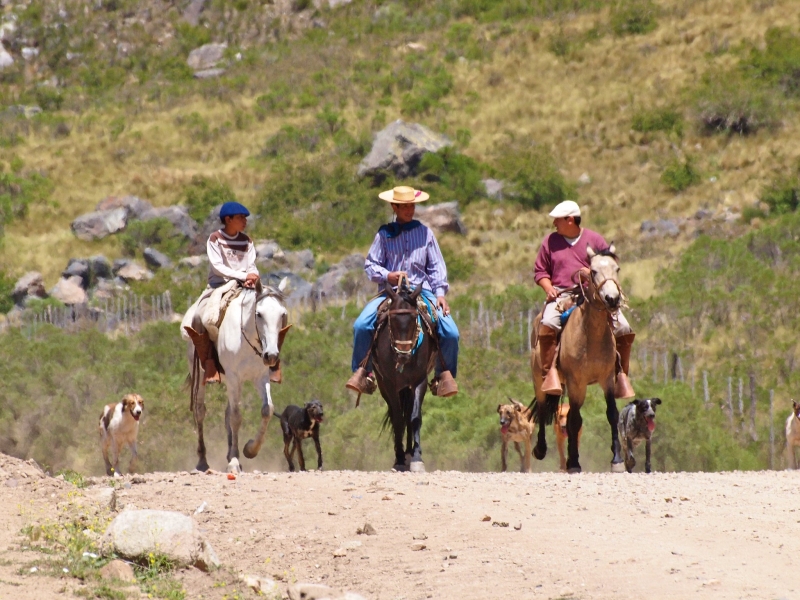
Image credit: Torrenegra
The gaucho (cowboy) is an iconic symbol in Argentinian folklore and literature. Originally, the term referred to skilled horsemen from the Pampas grasslands who lived by hunting and selling hides. They were admired for their bravery, especially since they played a key role in Argentina’s War of Independence.
Give your kids a taste of gaucho life by taking them for a horse ride at an estancia (ranch) with a hosted tour. The gaucho day tour at El Ombu de Areco Estancia includes horseback riding, live entertainment, and a multi-course lunch of empanadas, asado BBQ, and Malbec wine.
Also read: This Brazilian Surf Town Is Opening the First Digital Nomad Village in South America
Things to do in Buenos Aires for football fans
14. Dive into the city’s athletic culture with a live football match

Image credit: Cristian Tarzi
Two clubs dominate football in Buenos Aires: Boca Juniors and River Plate. Both have produced world-class players, including the likes of Diego Maradona and Alfredo di Stéfano. You can catch these legendary teams battling it out in the two annual Superclásico derbies, which are held at either La Bombonera or El Monumental stadium (the home of Boca Juniors and River Plate, respectively). The Superclásico ranks as one of the fiercest matches in football and is known to make the stadium bounce with the frenzied jumping of the fans.
If your trip does not coincide with the Superclásico, don’t fret! Even at minor matches, you can still feel the fervour of the city’s football fans through their chanting and flag-waving. Learn some Argentinian football chants beforehand to take part in the action. Alternatively, book a tour with a local guide who can initiate you to the local football culture.
15. Visit the Passion for Boca Juniors Museum
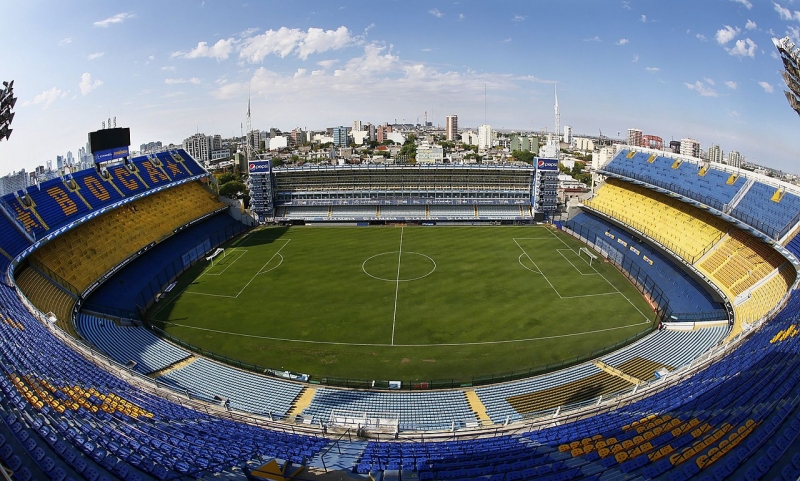
Image credit: Maggi Bautista
You’ll find the Passion for Boca Juniors Museum inside La Bombonera stadium. It documents the history of Argentina’s most formidable football team (although, fans of River Plate might disagree). Despite having humble beginnings, the Boca Juniors have risen to the top of world football; winning 73 official titles since its founding in 1905. The museum commemorates the club’s milestones with displays that will definitely inspire any fan. These include the cups they have won and the flag used in their first match as a professional team.
After touring the museum, come outside to take eye-catching pictures of the electric blue-and-yellow La Bombonera stadium (meaning “the Chocolate Box” in Spanish). It features an unusual “D” shape, which gives it excellent acoustics.
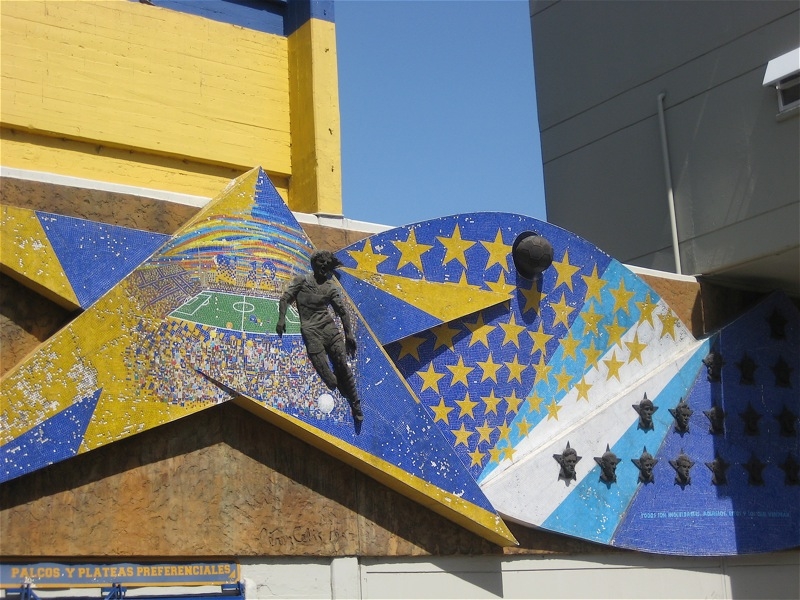
Image credit: lisatozzi
You can also view murals painted by local artists Pérez Celis, Rómulo Macció, and Quinquela Martín. These murals depict aspects of La Boca’s culture and some of its most celebrated players. One of the works by Martín even shows the moment when the club’s colours were chosen.
Fun fact: The Boca Juniors originally wore a black-and-white striped shirt. From 1905 to 1906, they changed to a sky blue shirt and then adopted another black-and-white striped shirt. The story goes that in 1906, Boca Juniors played against Nottingham de Almagro to keep their shirt colours. After Boca lost that match, the club president decided to adopt the colours of the first ship that sailed into La Boca’s port.
Also read: 50 Essential Spanish Phrases for Your Next Vacation
With so many things to do in Buenos Aires, it’s easy to feel overwhelmed by its lively energy. It is no wonder that Buenos Aires was dubbed “the City of Fury” by Argentine rock band Soda Stereo in their song, En la Ciudad de la Furia. The red-hot passion burning in the hearts of the city’s artists, architects, and football fans will make you feel alive.




